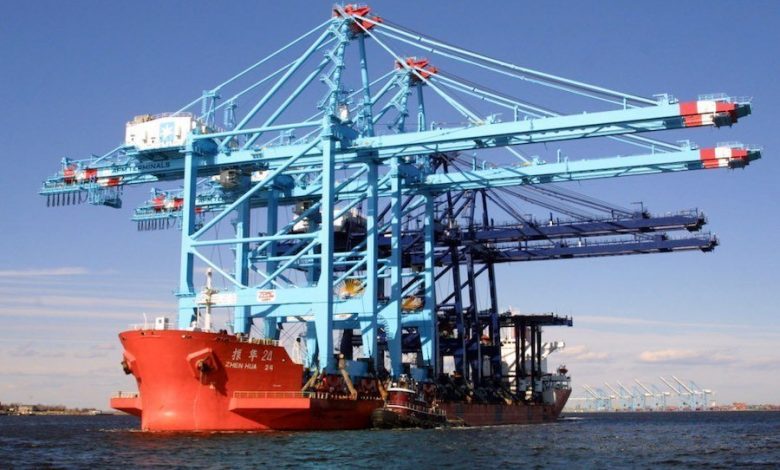ZPMC responds to American cybersecurity concerns

The world’s largest port crane manufacturer, Shanghai Zhenhua Heavy Industries (ZPMC), has denied claims from US politicians that its equipment poses a cybersecurity threat.
A US congressional probe found questionable communications equipment on Chinese-built ship-to-shore cranes at American ports including cellular modems that could be remotely accessed, according to a report carried in the Wall Street Journal last week.
The investigation news follows on from the Biden administration’s recent decision to replace the nation’s Chinese-built port cranes with Japanese ones over concerns they could be fitted with spy devices, something that will cost American taxpayers $20bn over the next five years.
“ZPMC takes the US concerns seriously and believes that these reports can easily mislead the public without sufficient factual review,” ZPMC said in a filing yesterday, stressing: “The cranes provided by ZPMC do not pose a cybersecurity risk to any ports.”
The new focus on cranes and broader maritime security “has been a wake-up call for many Western countries,” Wille Rydman, minister of economic affairs for Finland, said in a recent interview with the Wall Street Journal, while a member of parliament for the ruling Conservative party in the UK has recently voiced similar Chinese crane concerns.
China’s ZPMC has built up a dominant position in the supply of ship-to-shore cranes this century, with a global market share of around 80%. As well as constructing the giant steel contraptions, ZPMC is able to transport them around the world via its dedicated fleet of 26 ships specially designed to move cranes, the largest of which can be as high as 138 m, equivalent to a 34-storey skyscraper.
